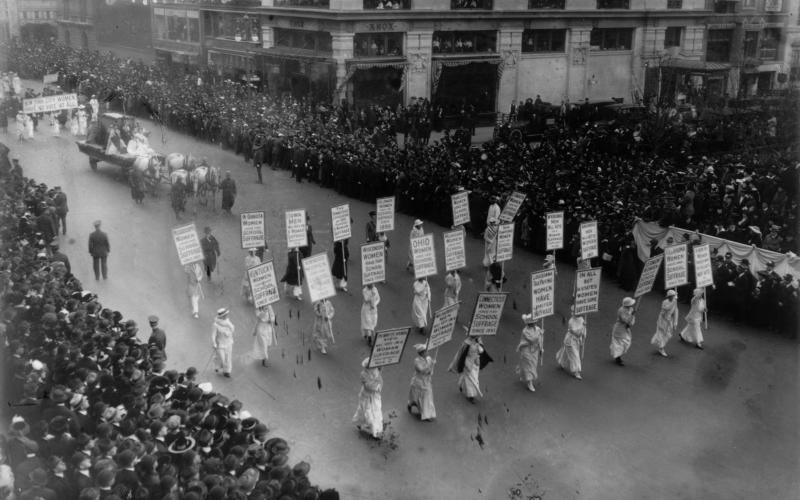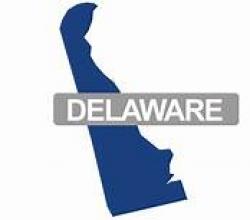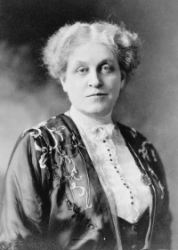
What is the History of the League of Women Voters?
The League of Women Voters started after women got the right to vote.
 The League in Delaware
The League in Delaware
The League of Women Voters of Delaware (LWVDE) was recognized by the League of Women Voters of the United States at Convention March 29, 1958. Its first study, "An Evaluation of the Financial System of the State of Delaware," resulted in a position announced in April 1961, "Support of measures which promote the needs of a growing state." A study of the fiscal aspects of education resulted in a position favoring equalization of school support and increased funding for public schools. The League's Voter's Guide begun in 1960 was a highly respected pre-election supplement in the News Journal until 1998 when the paper began its own version.
The first version of the Delaware Government book was published in 1976 and after many revisions is now available through the LWVDE website. Since the 1970s, LWVDE and its members have worked effectively on educating the public about candidates and elections and advocating for numerous important legislative changes including open government, equal rights for all, renewable energy, recycling, affordable housing, the improvements in the criminal justice system and the quality of health care.
The LWV OF THE U.S.
 In her address to the National American Woman Suffrage Association's (NAWSA) 50th convention in St. Louis, Missouri, President Carrie Chapman Catt, pictured on the left, proposed the creation of a "league of women voters to finish the fight and aid in the reconstruction of the nation." Women Voters was formed within the NAWSA, composed of the organizations in the states where suffrage had already been attained.
In her address to the National American Woman Suffrage Association's (NAWSA) 50th convention in St. Louis, Missouri, President Carrie Chapman Catt, pictured on the left, proposed the creation of a "league of women voters to finish the fight and aid in the reconstruction of the nation." Women Voters was formed within the NAWSA, composed of the organizations in the states where suffrage had already been attained.
The next year, on February 14, 1920 - six months before the 19th amendment to the Constitution was ratified - the League was formally organized in Chicago as the national League of Women Voters. Catt described the purpose of the new organization:
"The League of Women Voters is not to dissolve any present organization but to unite all existing organizations of women who believe in its principles. It is not to lure women from partisanship but to combine them in an effort for legislation which will protect coming movements, which we cannot even foretell, from suffering the untoward conditions which have hindered for so long the coming of equal suffrage. Are the women of the United States big enough to see their opportunity?"
Maud Wood Park became the first national president of the League and thus the first League leader to rise to the challenge. She had steered the women's suffrage amendment through Congress in the last two years before ratification and liked nothing better than legislative work. From the very beginning, however, it was apparent that the legislative goals of the League were not exclusively focused on women's issues and that citizen education aimed at all of the electorate was in order.
Since its inception, the League has helped millions of women and men become informed participants in government. In fact, the first league convention voted 69 separate items as statements of principle and recommendations for legislation. Among them were protection for women and children, right of working women, food supply and demand, social hygiene, the legal status of women, and American citizenship.The League's first major national legislative success was the passage of the Sheppard-Towner Act providing federal aid for maternal and child care programs. In the 1930's, League members worked successfully for enactment of the Social Security and Food and Drug Acts. Due at least in part to League efforts, legislation passed in 1938 and 1940 removed hundreds of federal jobs from the spoils system and placed them under Civil Service.
During the postwar period, the League helped lead the effort to establish the United Nations and to ensure U.S. participation. The League was one of the first organizations in the country officially recognized by the United Nations as a non-governmental organization; it still maintains official observer status today.
See also League History from the League of Women Voters of the US.